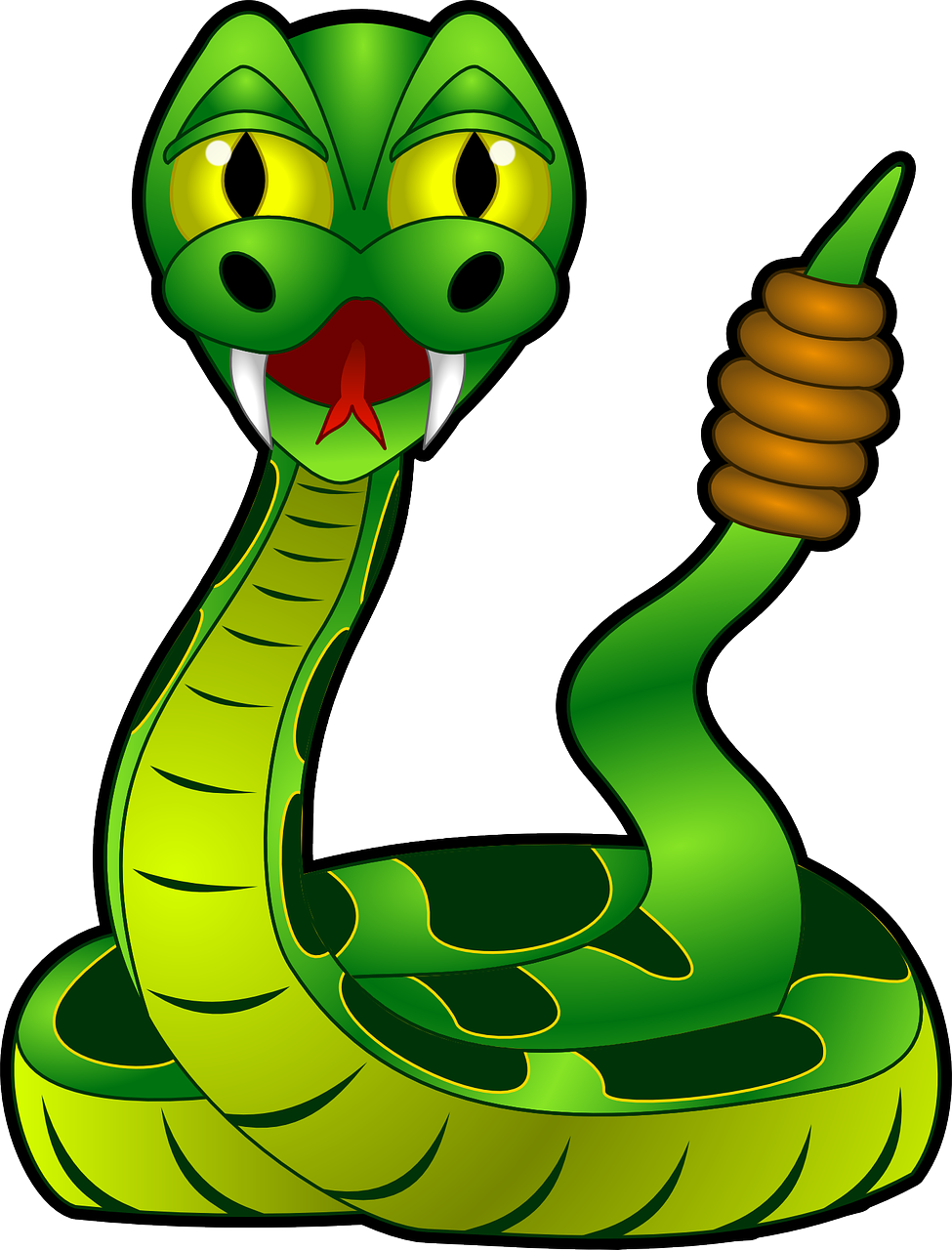

Revolution towards Knowledge

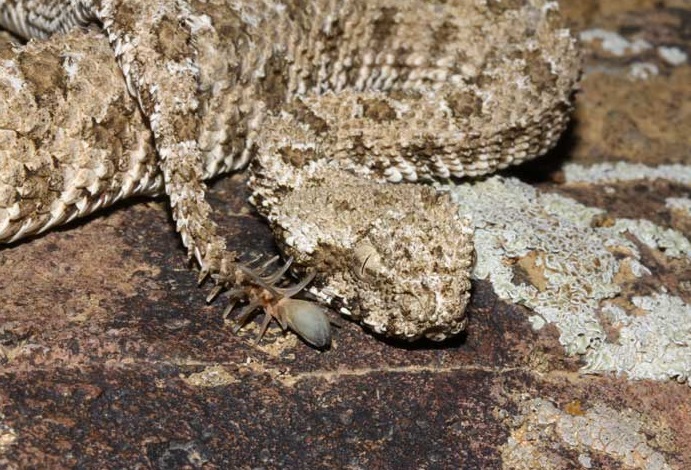
I guess everyone has seen a spider, but how will you feel if one sees a spider on a snakes tail, you might guess a spider is basking on snakes tail but what if spider appears to a part of snakes tail, you might think it is a strange mutated snake. Well, its not the case.
Spider-Tailed Horned Viper also known as False-Horned Vipers or Spider Snakes are native to Iraq. Its tail has a bulb like end and bordered by long drooping scales. Thus such type of appearance makes us look like spider. This feature helps it to entice birds which likes insects and thus becoming a prey to the snake.
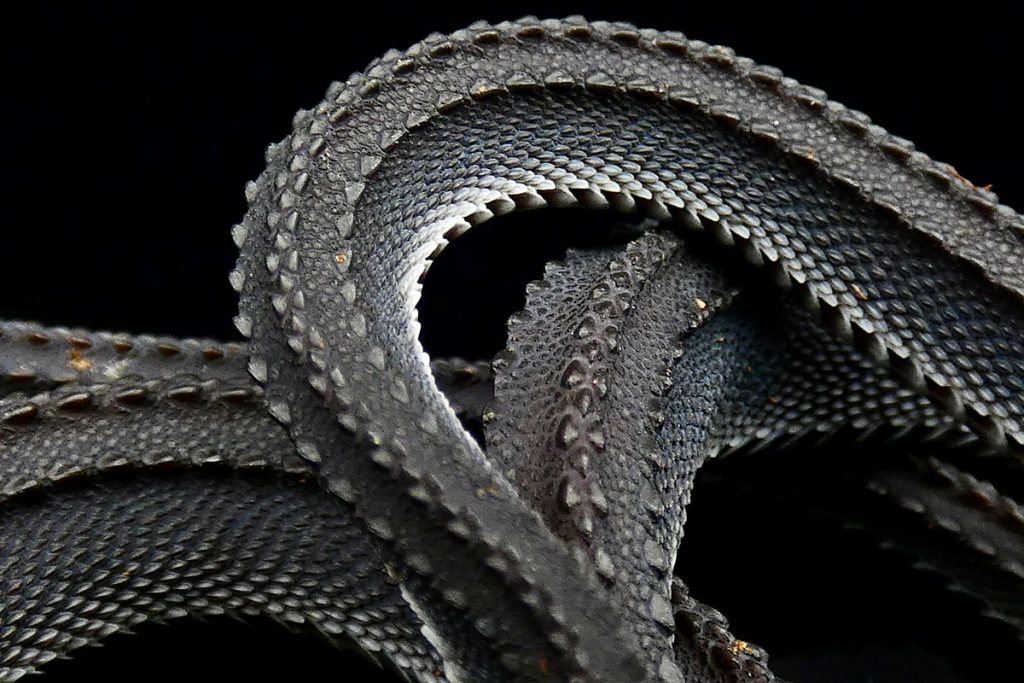
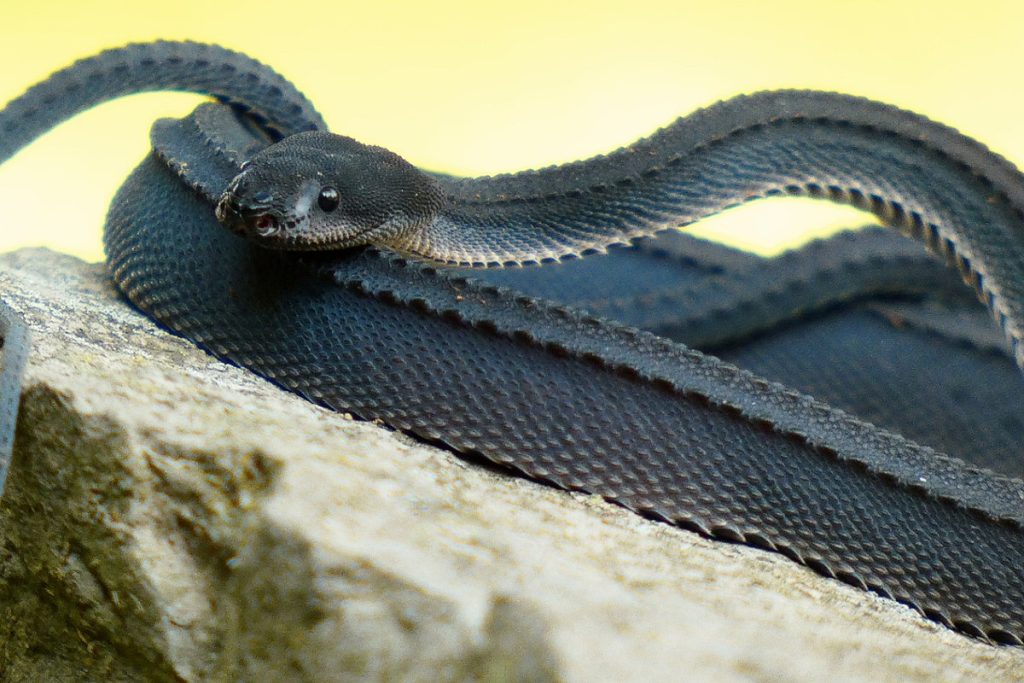
This snake is similar to that of Dragon as it has three rows of big keeled scales which run from the center to to back and on each sides of these rows runs a row of much bigger keeled tubercles which is similar to crests than scales. Between these rows there are diamond and pentagon shaped irregular smooth scales. Thus giving it a dragon like appearance.
Native to Malay Peninsula and is the only snake belonging to the Genus Xenodermus, which means Strange Skin in Greek. It has a very unusual defensive behaviour, when threatened their bodies get stiff. These snakes are non-venomous and are also known as Javan Mudsnake, Rough-Back Litter Snake and Javan Tubercle Snake.
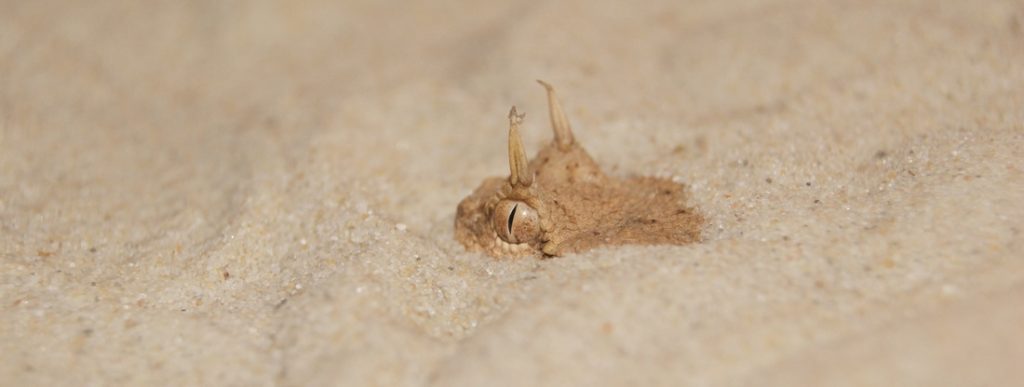
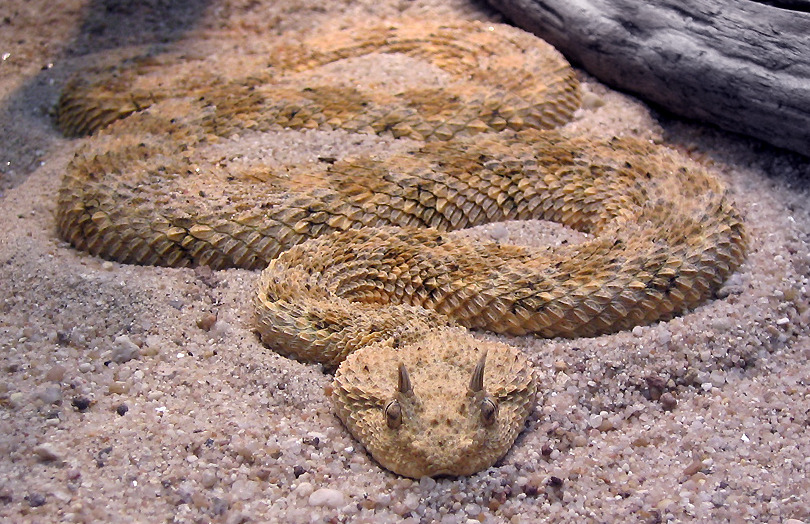
It is an inhabitant of North Africa and Arabian Peninsula and is commonly known as Saharan Horned Viper. The presence on supraocular scales which are enlarged and present above the eyes gives it a horn like image to the snake.
Some snakes may have prominent horns, one above each eye while it may be reduced in size or even absent. This snake uses sidewinding locomotion technique for movement and also press their weight into the sand which gives it an image of a devil with two horns emerging from sand.
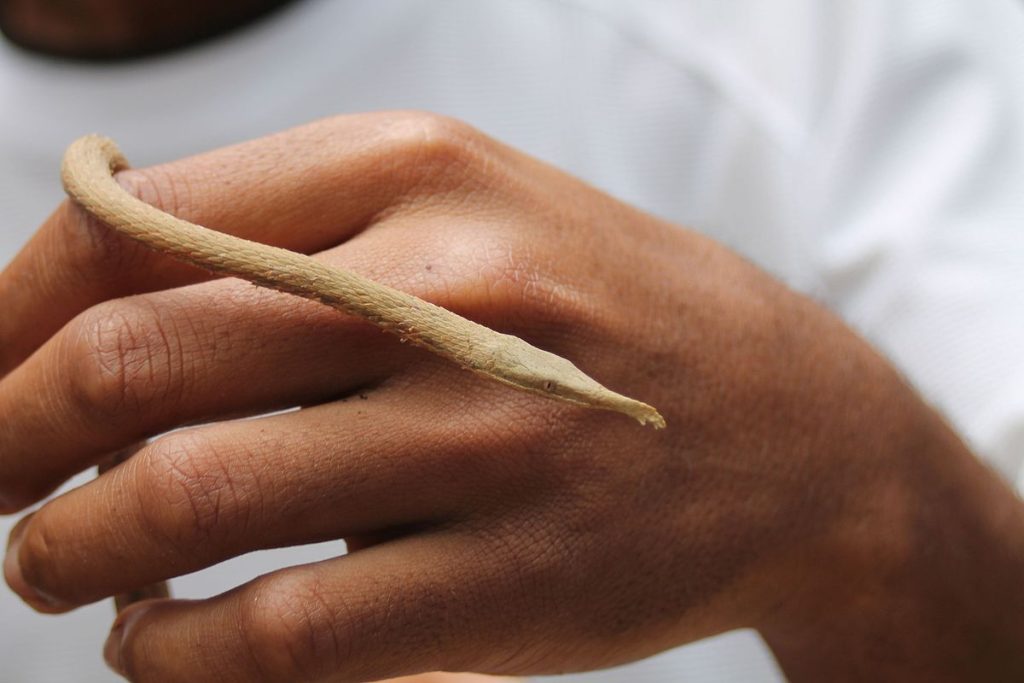
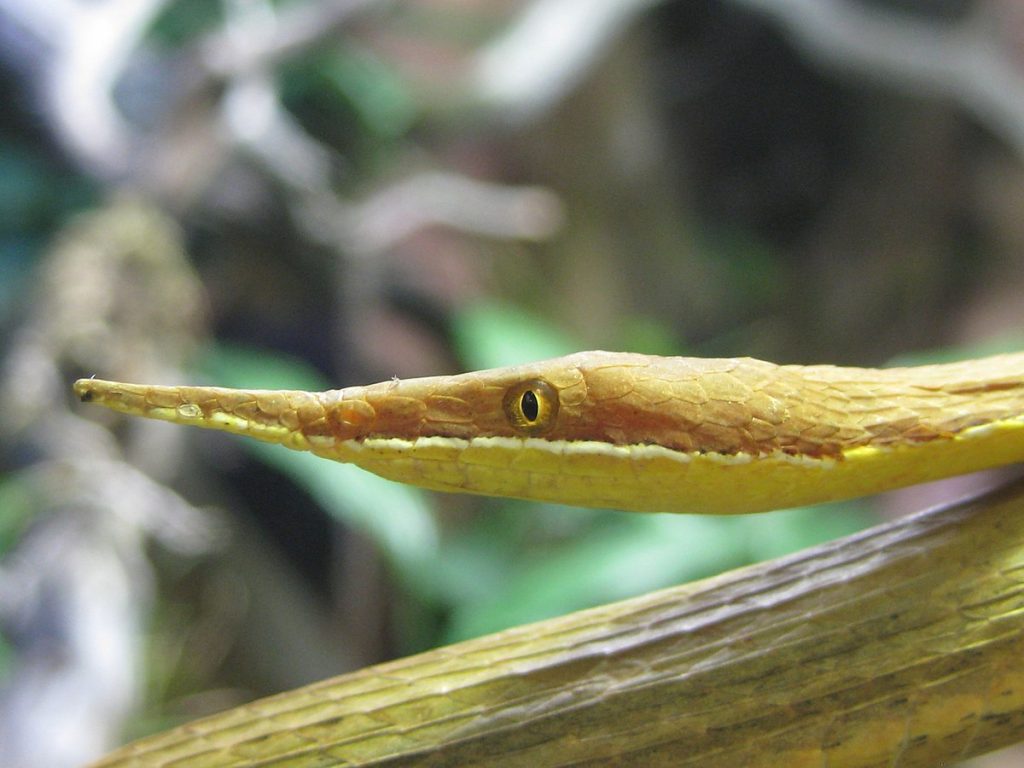
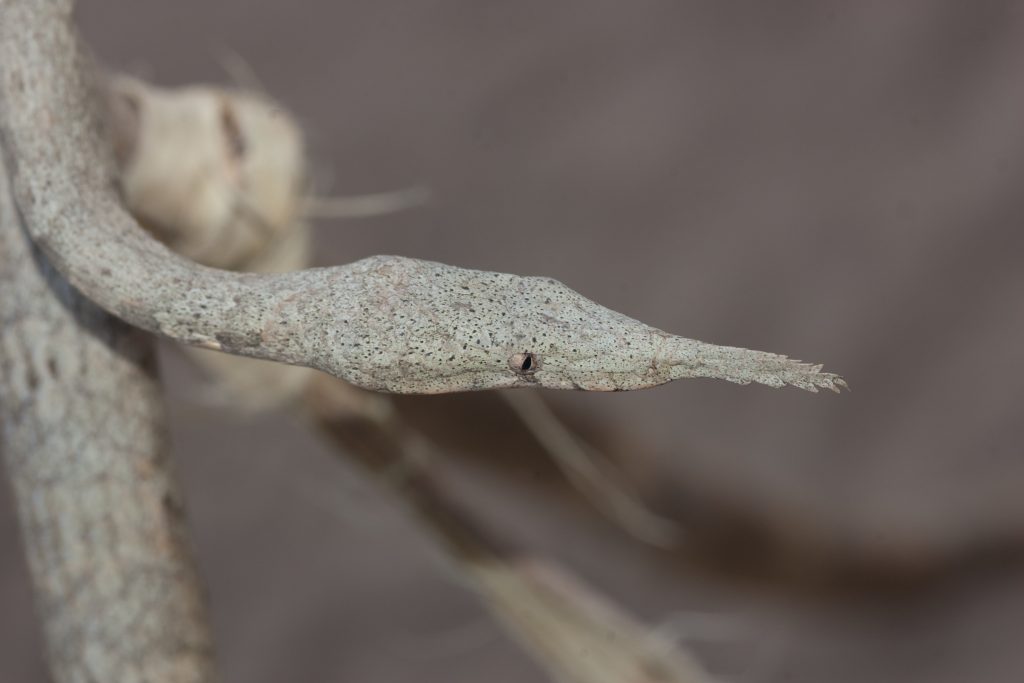
It is an endemic species limited to only Madagascar as it scientific name suggests. It uses mostly arboreal locomotion and waits and catches its prey on the trees.
The males are brown and yellow with a long tapered snout. The females are greyish with flat leaf shaped snout. Well the function of such snouts is unknown but its a very good camouflage. Their body with their swaying behaviours mimics a vine which sways due to wind.
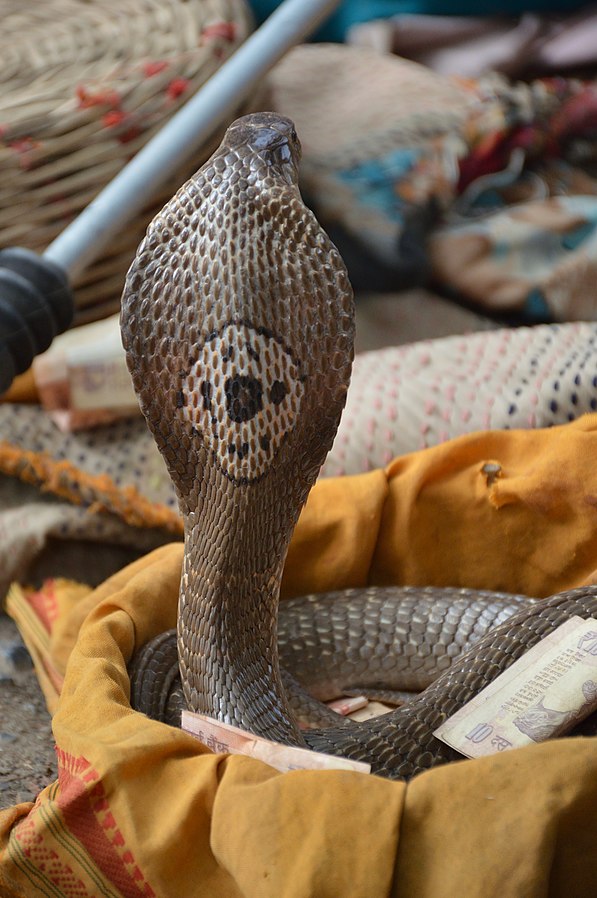
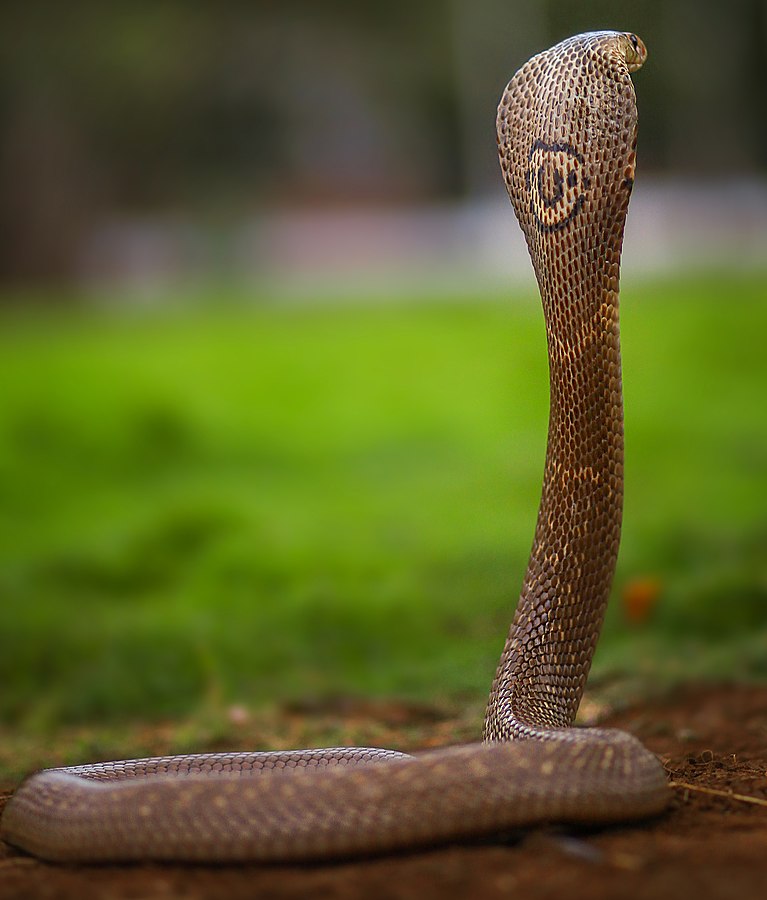
Usually the Indian Cobra (Naja naja) has spectacled pattern, i.e. two circle ocelli connected by a curvy line on the backside of the hood. Here it has a O shaped pattern on it rear part of its hood which makes the difference. So Indian Cobra is Binocellate while this snake is Monocellate Cobra.
Their habitat involves rice fields swamps and Mangroves. Native to Southern Asia, also known as Indian Spitting Cobra as it can spit venom!
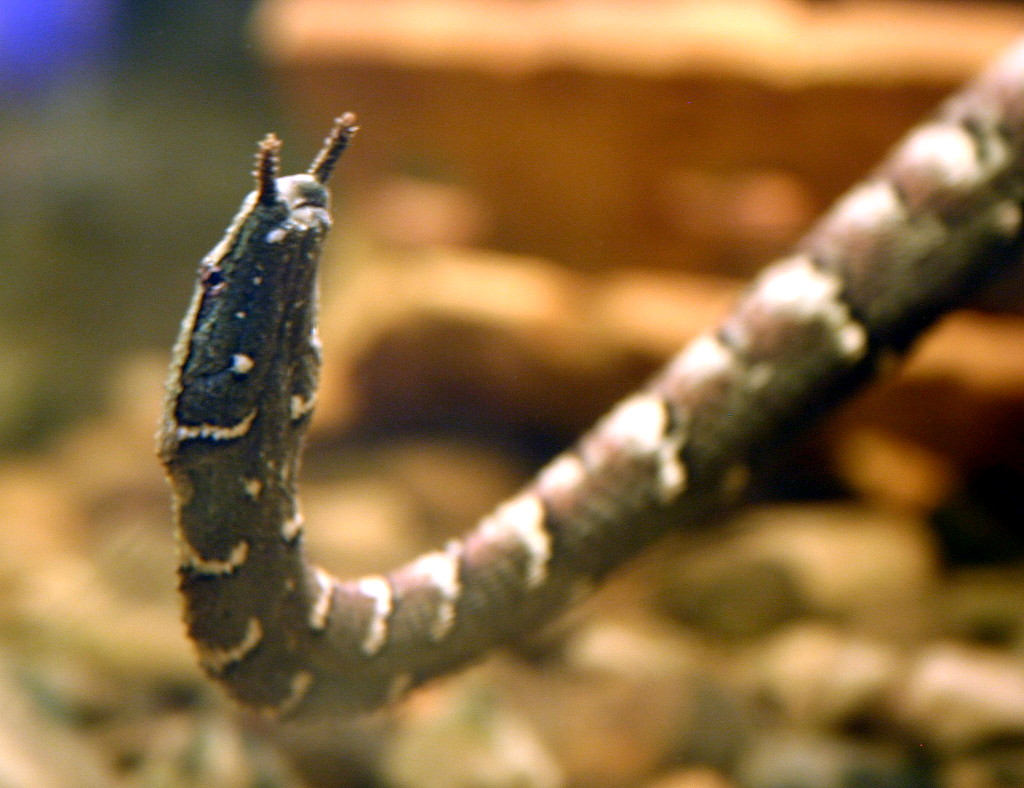
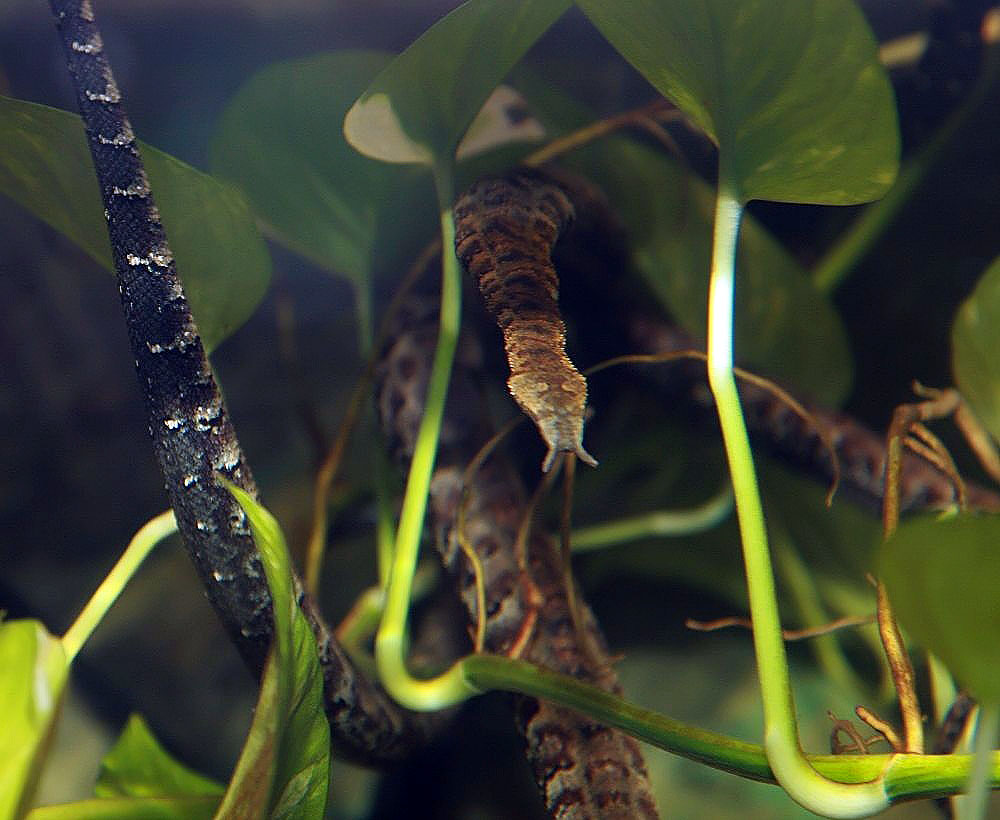
These aquatic snakes have two tentacles on its snout. Found in South-East Asia. This is the only species of snake to have this twin tentacles on the front part of the head. It is a venomous snake.
It can burrow itself in mud. It preys on fishes and can stay in water for about 30 minutes. The tail and the tentacled head helps in preying fishes as it is used as a decoy, Fishes get tricked and instead of moving away they come towards the head. They can also predict the future behaviour of fish if its in the range and thus catching it.
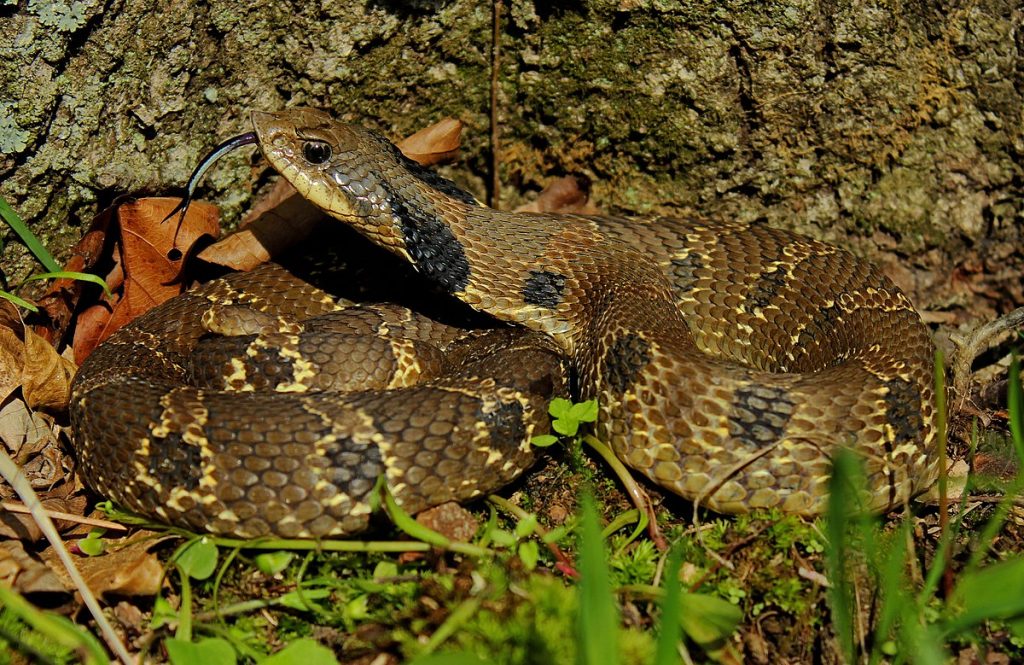
Can you act like dead? Well its is possible if you are part of a play. But imagine if snake acts like its dead if threatened, Can you believe it! We might have heard about various defensive behaviour of animals and even some species stay still if they are threatened but a snake acting like dead or dying is fantastic.
When these snakes are threatened the head gets raised and neck is flattened with hisses and strikes with its closed mouth but never bites. If this does not make the predator move away then it will roll onto its back and slowly it will act as if its dead by placing its tongue out and can remain in this state for several minutes. It also emits foul odour from it cloaca. This method of deterrence is mind blowing in the animal world.
The Eastern Hog-Nosed Snake is mildly venomous and is endemic to North America which is available in different colors with blotches, checkers. The upturned snout aids in digging sand. They feed on toads that are poisonous but they have immunity to these toxins as they secrete hormones to counteract these toads toxins.
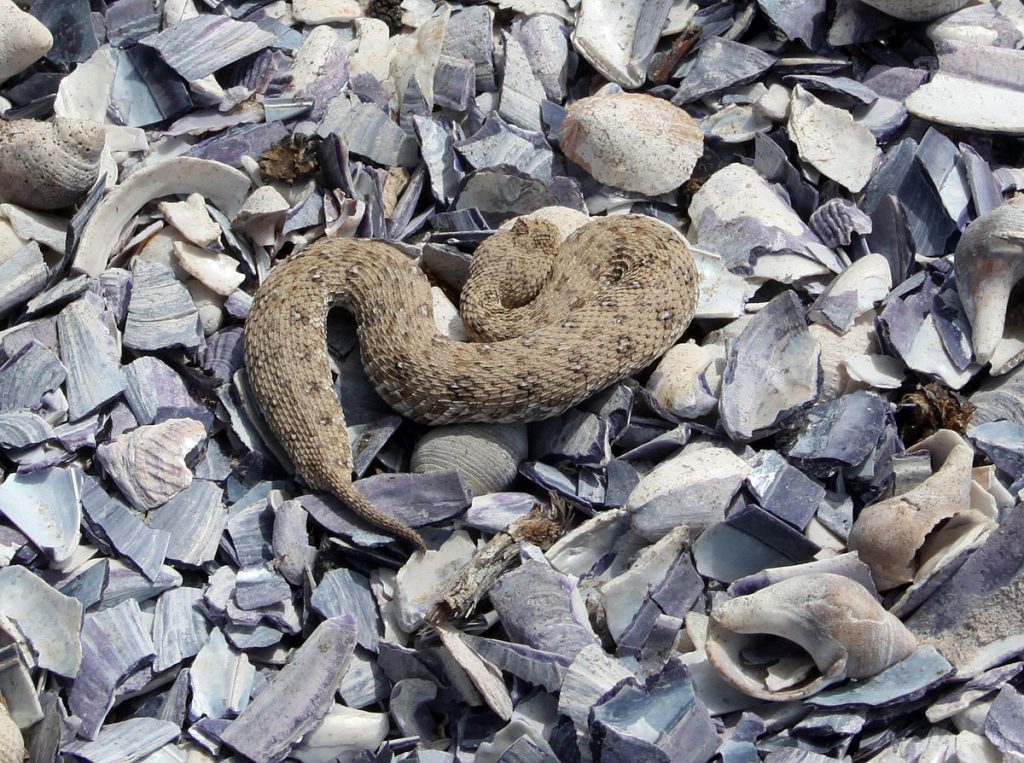
This venomous species of snake belong to the family of Viper and is the smallest species in the genus Bitis and also its the World’s smallest Viper. These snake are found in the coastal dunes of Namib Desert.
It measures around 25 cm and has high mortality rate as it is present in between lots of predators and also its small size makes it vulnerable.
You might have seen Chameleon changing its color but have you seen such behaviour in snakes. Well this Kapuas Mud Snake can really change its color. This ability was discovered accidently in 2005 when the snake was put into a dark bucket its color changed to pale white after 20 minutes.
Found in Borneo and is venomous. This ability of the snake to change its epidermal color is unexplained but maybe due to mood, environment or temperature.
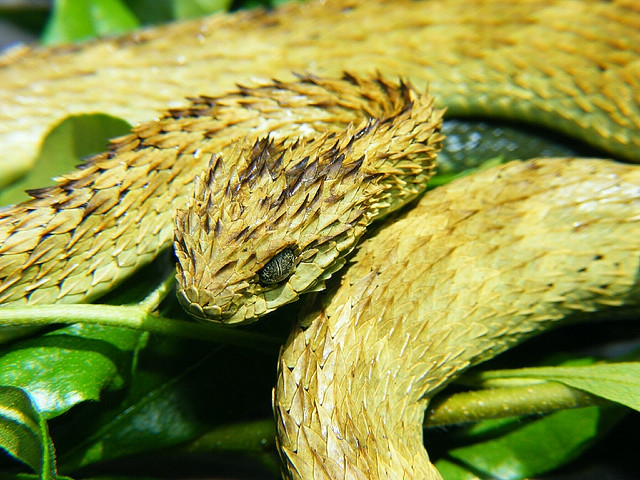
Native to Central Africa, also referred as Spiny Bush Viper which is a venomous snake. It has dorsal scales which are extremely keeled thus giving it a prickly hair like appearance.
These are arboreal and are capable of climbing trees and are often seen on trees. They prey on smaller mammals and small birds.
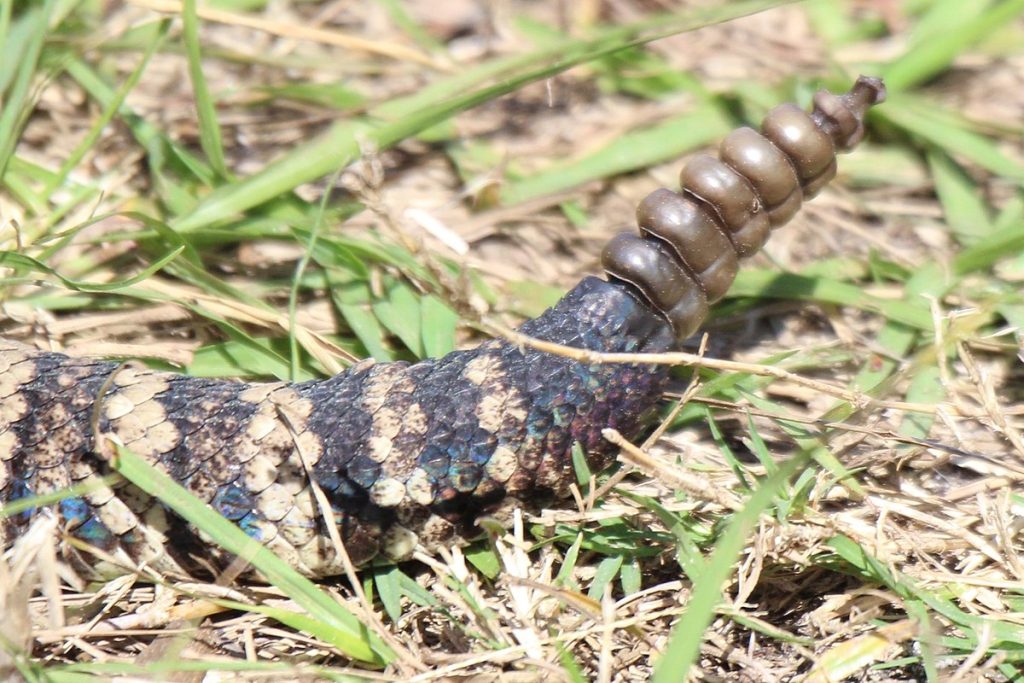
They belong to the genera Crotalus and Sistrurus with 36 known species and are venomous. As the name suggests that Rattlesnakes derive the name from the Rattle present at the ends of their tails. The ratting noise produced by rattle helps as a warning system to predators of rattlesnakes.
The Rattle is composed of keratin which is made up of succession of hollowed and interlocked segments. The shaker muscle present in the tail contracts which makes these segments to vibrate and this noise is amplified as its hollow. Thus we get the ratting sound.
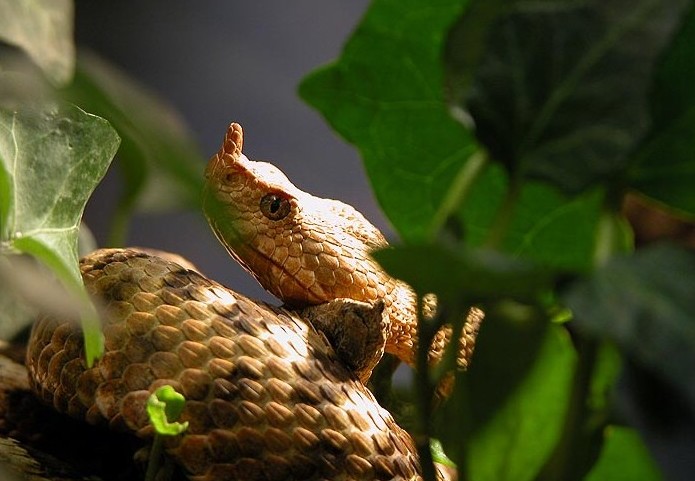
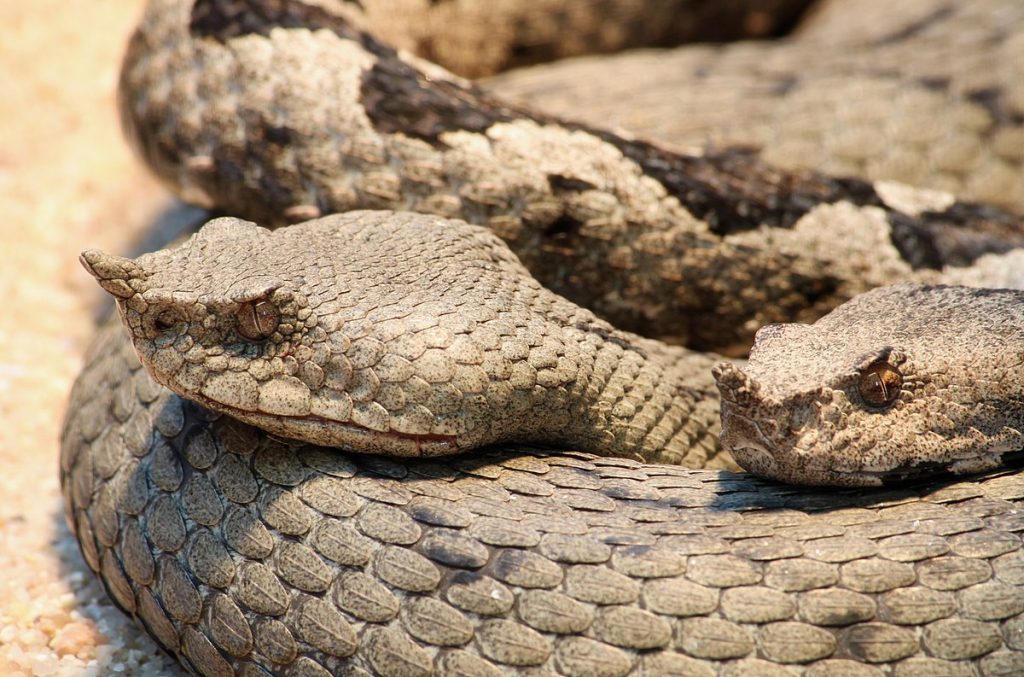
Also referred as Long Nosed Viper or Sand Viper which is found in South Europe. It is also venomous. It appears to have a long nose or the so called single horn on the snout is made up of 9 to17 scales arranged in 2 to 4 transverse rows.
This single flexible and soft horn sits vertically upright, thus giving the snake a special feature. Males and females are available in different colors .
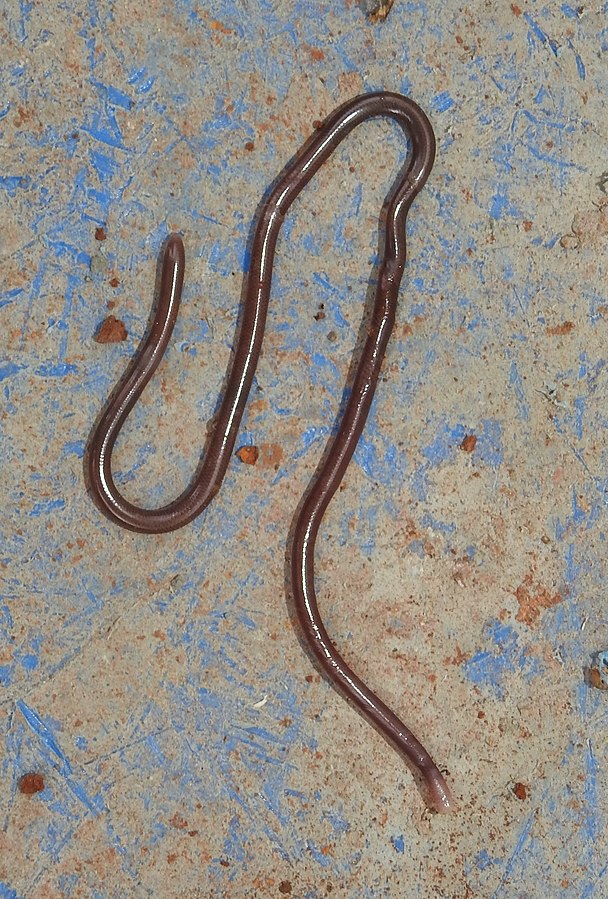
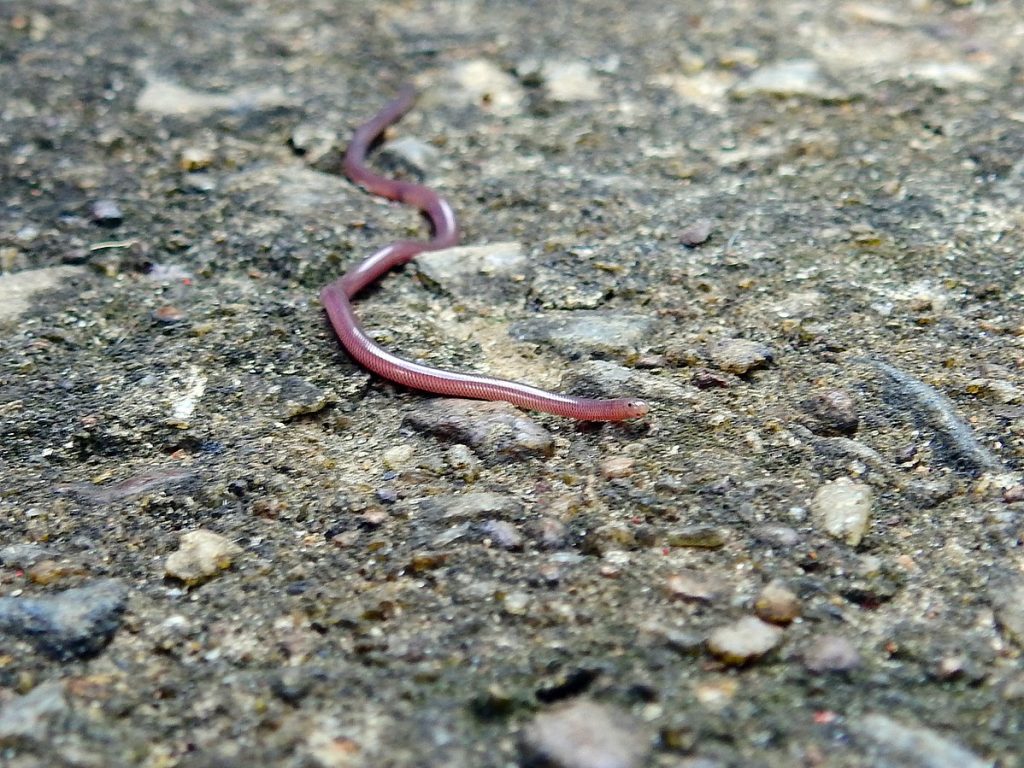
It is indigenous to Asia and Africa and is non-venomous Blind Snake Species, which means they belong to the family Typhlopidae. It is one of the world’s smallest snake measuring just around 15 cm . They appear to be similar to Earthworms but aren’t and they are snakes.
There are tiny scales over their body. The eyes appear to be like tiny dots which are covered by translucent scales. Well these eyes cannot form images but can adjust light intensity. A small pointy spur is present at the end of the tail. They feed on larvae and ants. All known specimens are females which are parthenogenetic.
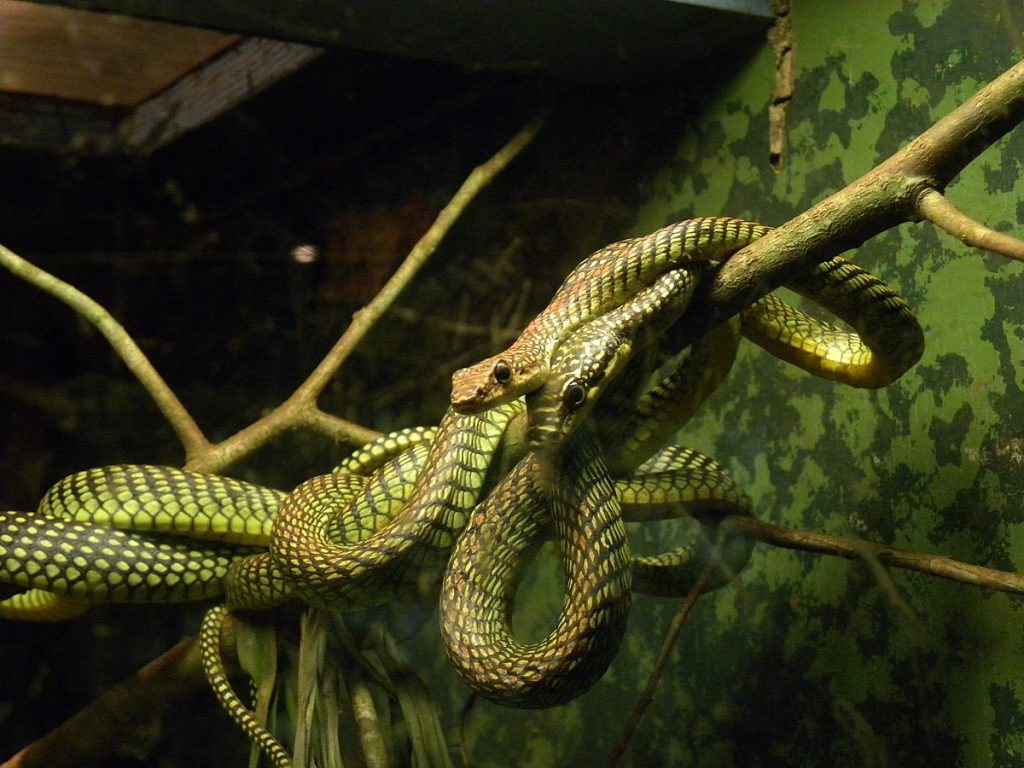
Can snakes fly? Well the answer is strict No but the Paradise Tree Snake or the Paradise Flying Snake appears to glide. This is controlled flight as in slow motion photography shows us that the head remains stable and only the body moves.
These mildly venomous snakes are found in South-East Asia can only glide downwards and not upwards and they do it for traveling or catching it prey. They take-off from the tree by anchored J-loop and while they are airborne they just expand and form a triangle or ribbon shaped to cover a maximum distance and then while landing on another tree it uses its body for firm grip. Several detailed study has been done regarding its flight.
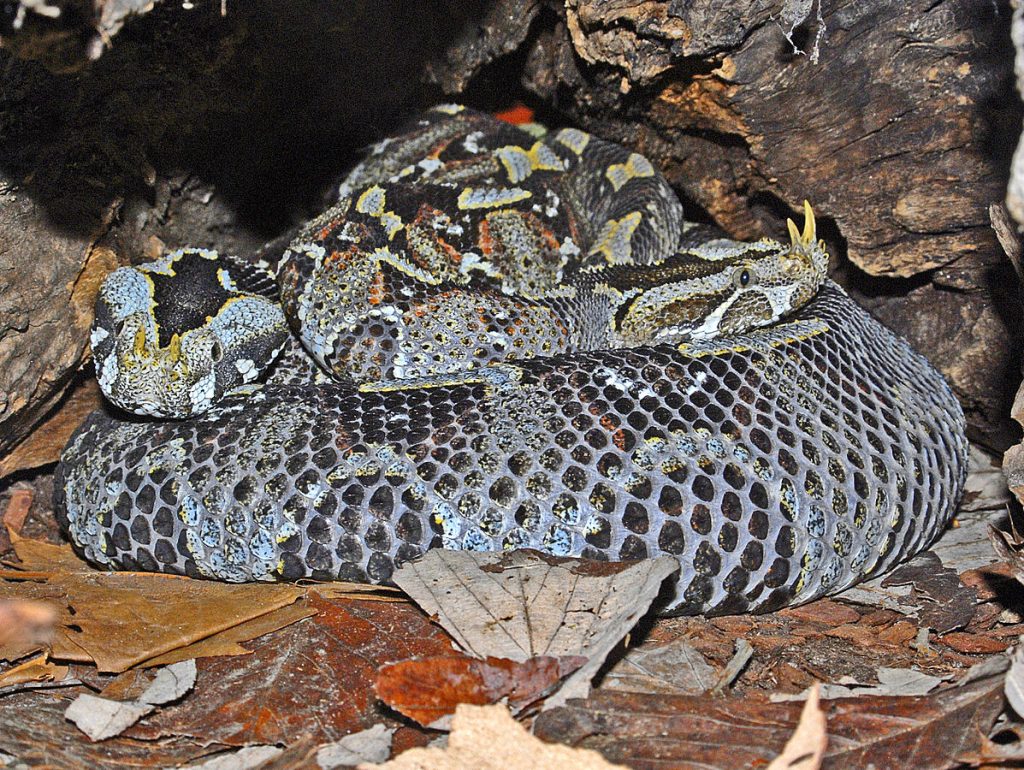
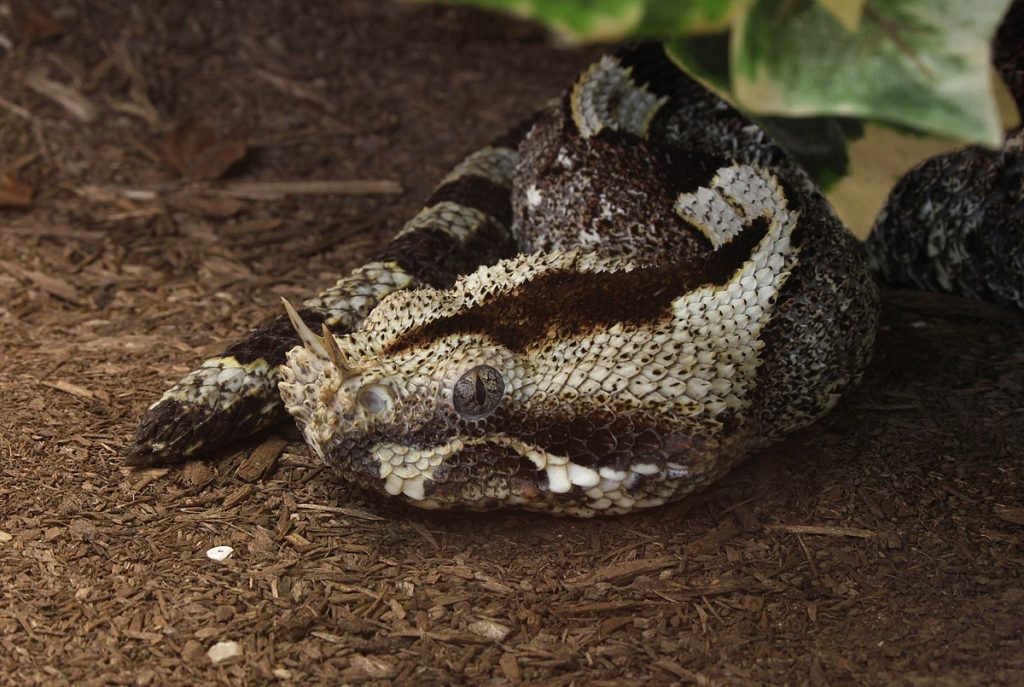
Also known as River Jack, Rhinoceros Horned Viper, Horned Puff Adder and are venomous. The unique feature is that the head is triangular, flat and narrow with two or three horn-like scales on the ends of the nose as we can see in case of Rhinoceros, thus it gets its name. It is also known as Butterfly Viper as the snake color is reminiscent of buttery color patters and blotches
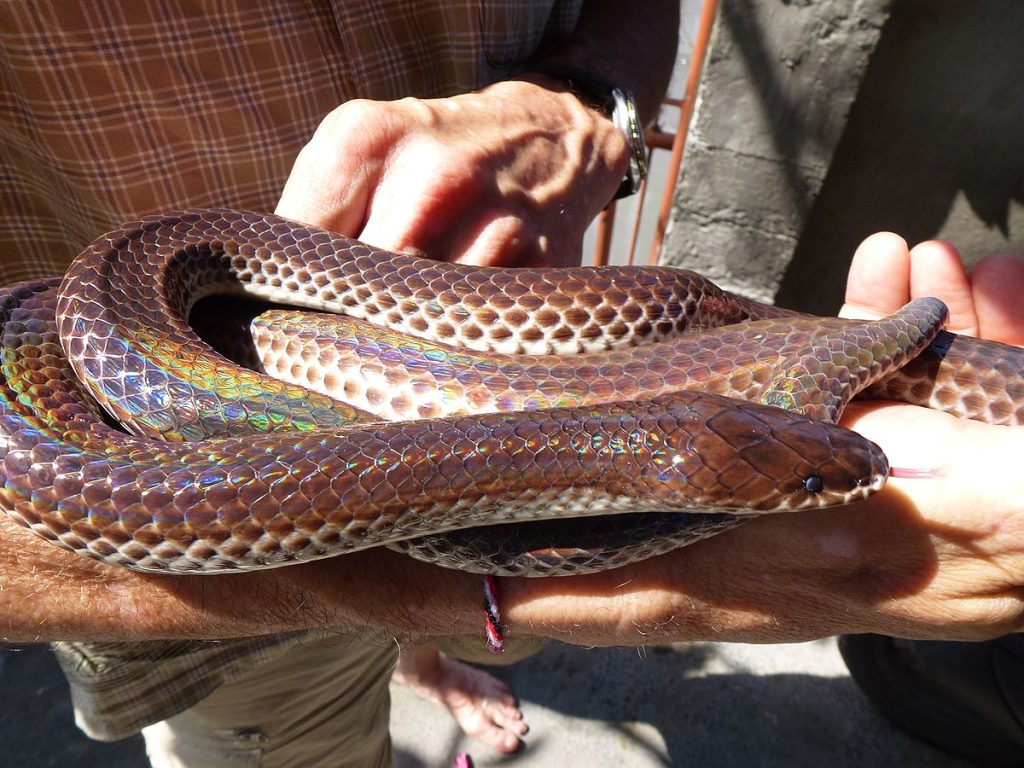
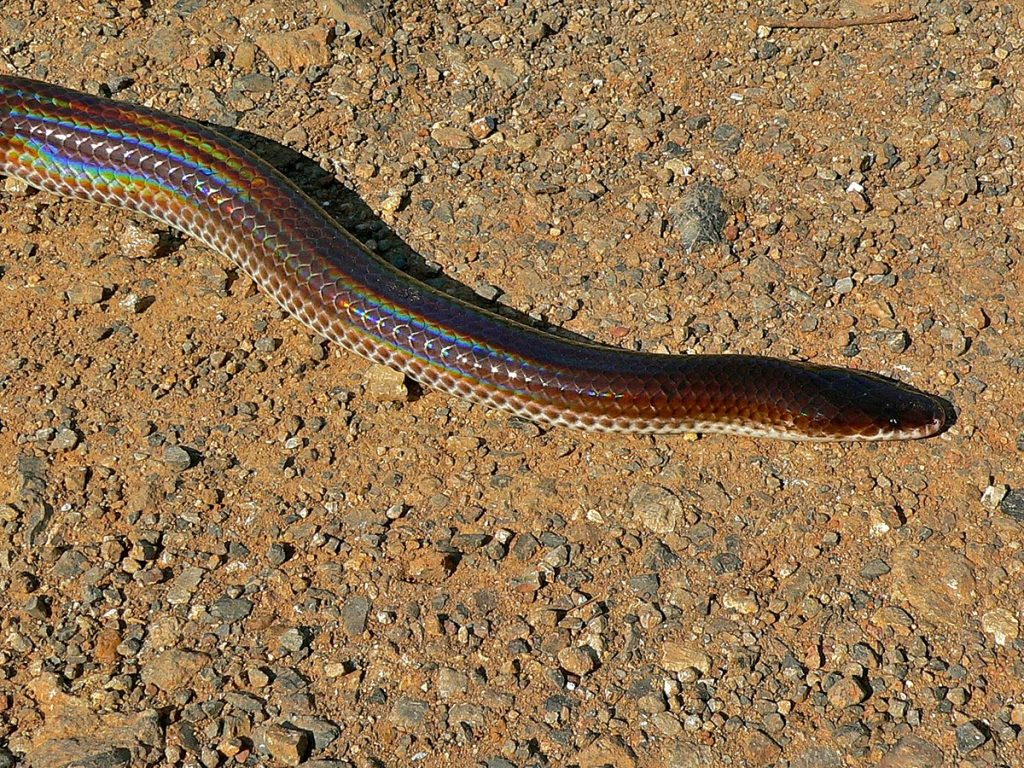
As its name suggests Sunbeam Snakes, which means it has something to do with Sun. As seen in picture when light or Sunlight falls on them the Rainbow colors appear which is due to the highly iridescent scales. Thus we see various colors at different angles as in case of hologram sticker.
They belong to the family Xenopeltidae which consists only two known species, the other being the Xenopeltis hainanensis. They are found in South-East Asia and are non-venomous.
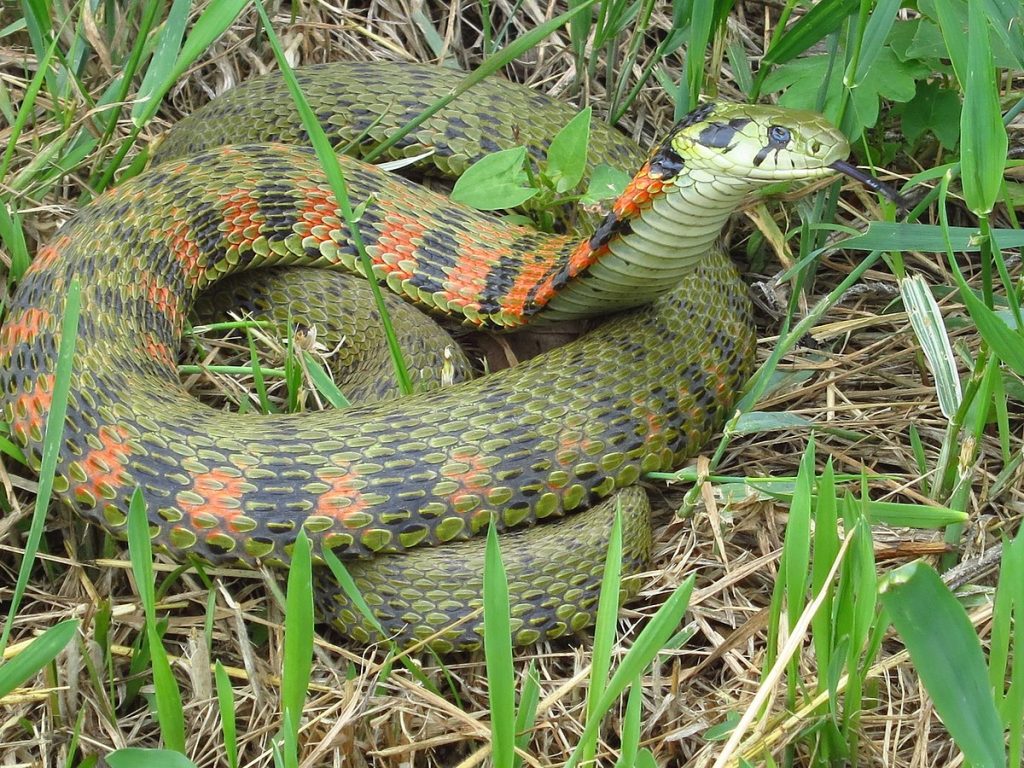
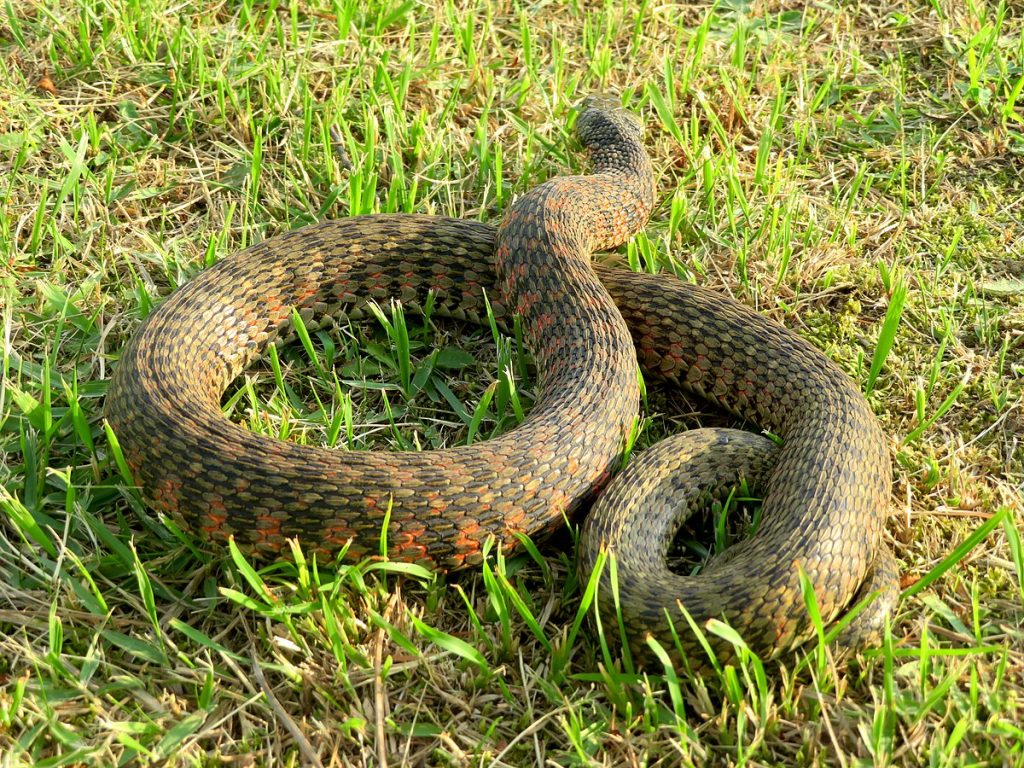
This snake is also referred as Yamakagashi or Kkotbaem and is venomous. This weird snake shows Kleptotoxisism. You might be knowing about Kleptoparasitism, where one animal steals food of another deliberately. So Kleptotoxisism is that this snake steals poison from the poisonous prey eaten.
The snakes ingest poisonous toads and its poisons are sequestered means segregated and stored in the two rows of nuchal glands present in the neck and thus provide protection from its predators by releasing steroidal toxins. They are indigenous to South-East Asia.
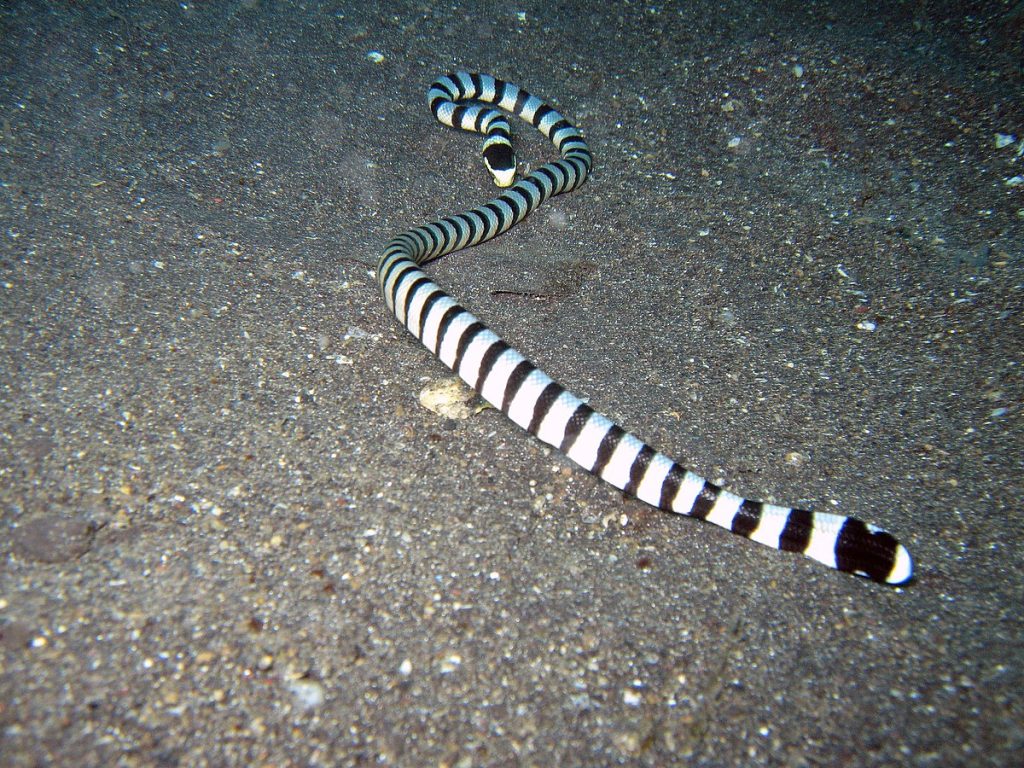
This is venomous sea snake found in Indo-Pacific waters. Common names include Banded Sea Krait and Colubrine Sea Krait.
An interesting thing about this snake is the paddle like tail used for swimming. While its crawling motion on land is 80% slower compared to its swimming motion due to its paddle shaped tail.
As the name suggests, the snake is referred as Elephant Trunk Snake because its resemblance with Elephant’s trunk. Their skin is loose and baggy which appear to be too big for it.
They are adapted to live in water and not on land as its body cannot support its weight outside water. They are non-venomous aquatic snakes yellowish brownish in color.
It is found in South-East Asia in watery habitats like lagoons and rivers and can stay underwater for about 40 minutes and then keeps its nostrils above water for about 20 seconds to breathe. This snakes preys by folding and coiling around its prey and its baggy skin aids to prevent any escape.
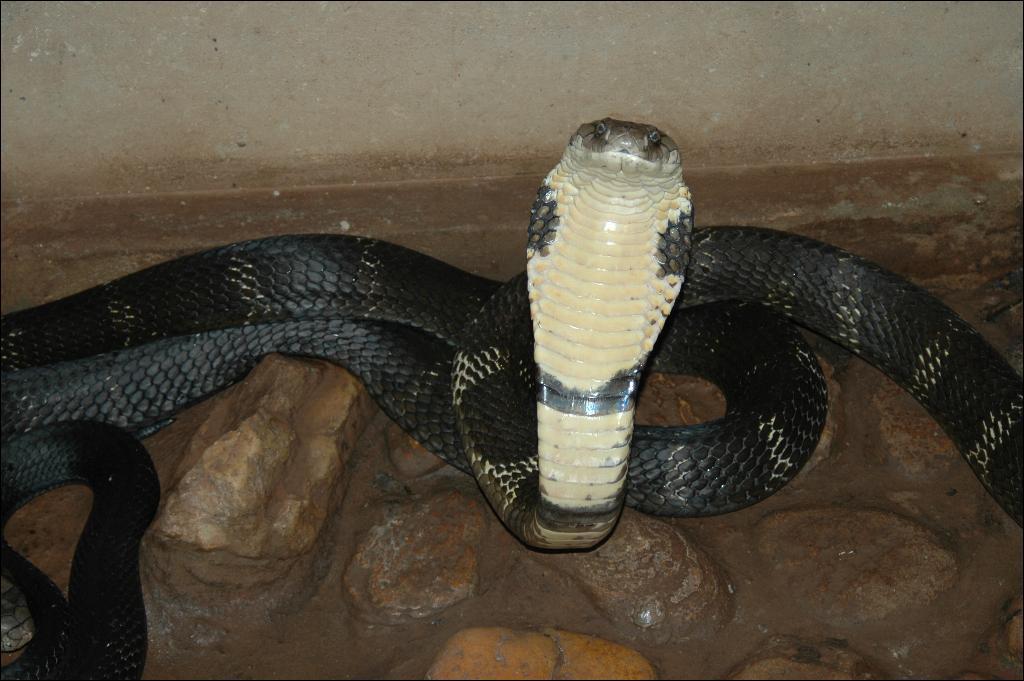
This is the World’s only snake to build a nest. Females construct this nest when they lay eggs and guard them until eggs are hatched. This nest is made of dried leaves with nests average size of 60 cm. The females coil their body to create a heap of leaves which protects eggs from rain and other other predators which could be seen in the video. It is the only snake in the genus Ophiophagus. It is native to South Asia and South-East Asia.
This snake holds the title of World’s longest Venomous Snake. They prey on other snakes and practice cannibalism. Their population is dwindling due to deforestation.
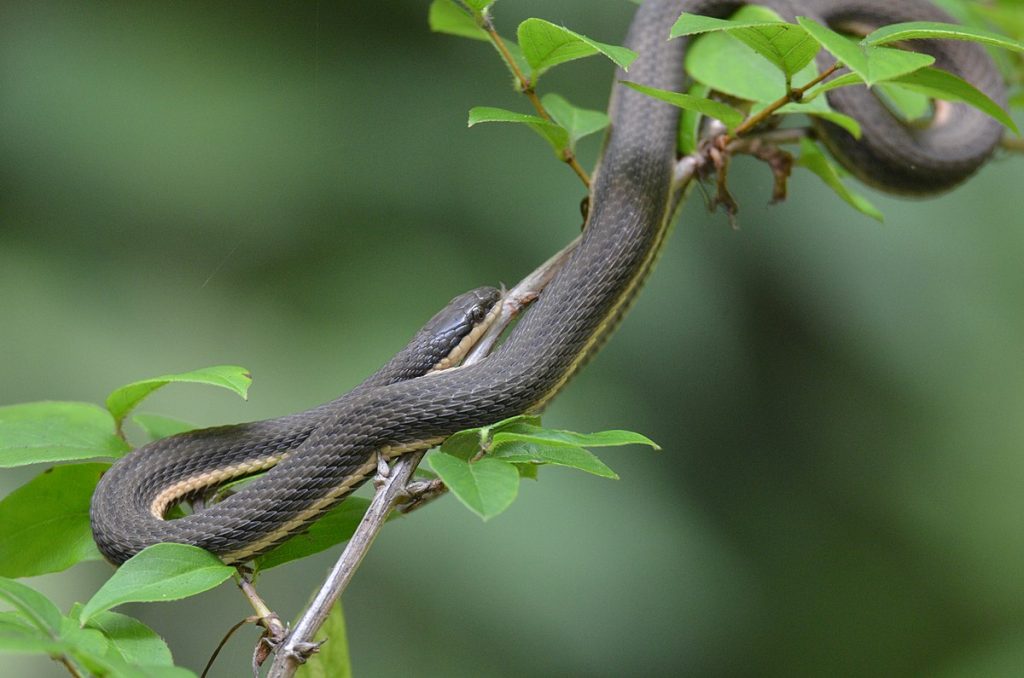
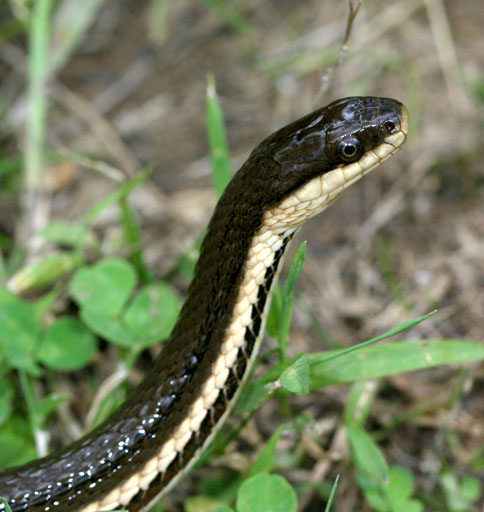
Queen Snake is a nonvenomous semiaquatic snake found in North America. In case of danger it either escape deep down into the water or in case of its capture, it then releases foul smelling feces or musk secreted from its glands present in its tail.
There are several common names which include Sever Banded snake, Moon snake, Leather snake, Banded water snake and Striped water snake.
If you feel this post is informative, Please share the link. Thank You.
Share your views in the Comment section below.